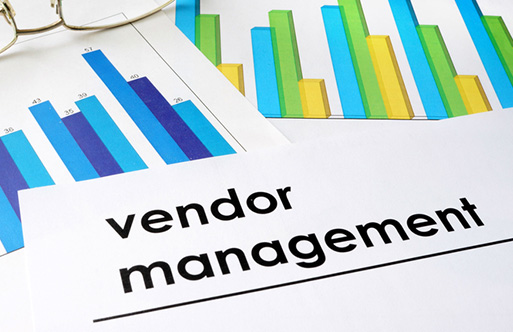Without a shadow of a doubt, Artificial Intelligence (AI) and Automation are the best things that have happened to the world of technology. By making use of AI, developers have been able to create automated software which has made the tasks a lot easier for organizations. AI embedded in software can help in making decisions which cuts down on the requirements of resources.
Artificial intelligence makes use of “Big Data” and predicts the outcome of scenarios which is vital in the working of a risk management system. The potential of AI software is incredible and they have been used for performing a large number of tasks. Given the wide scope of applications in which they can be used, the incorporation of AI powered software has increased in the recent past. The use of AI in Regulatory Change Management has been quite fruitful for a large number of financial setups like banks.

What is Regulatory Change Management?
Regulatory Change Management (RCM) is a process created for ensuring that the organizational policies, procedures, practices, and controls are always aligned with the changing regulations and standards devised by the relevant regulatory authorities or bodies.
Implementation of Regulatory Changes
Abiding by the rules is critical for coherent operation within the system. When a financial organization like a bank goes through a change, regulatory bodies impose a set of regulations which need to be followed in order to maintain integrity of the system. These rules and regulations frequently change over a period of time with the addition of new operations to the mix. It is not easy to impart knowledge of ever-changing list of policies to the employees.
Bringing in automation to the system via Regulatory Change Management Software that has inbuilt artificial intelligence (AI) is a great way to cope up with the increased rate of rule changes. Automation not only improves day to day operations by making RCM more efficient, it also helps in cutting the cost of compliance and gives businesses the confidence to make better decisions.
Benefits of Automated RCM Software over Other Methods
For a long time, manual methods were used to predict trends by studying data. As a human mind can only think within certain limits, it is almost impossible to create a Regulatory Change Management system that can be both reliable and robust at all times and in every situation. The many advantages of automated Regulatory Change Management software are listed below:
1. Provides Notification for Better Collaboration
By making use of AI powered Regulatory Change Management Software, an organization can track regulatory updates from different sources. This software is also useful in an enterprise like a bank as it facilitates the process of automating impact assessments, triggering alerts, documenting actions taken and setting tasks to take action to process and policy updates.
2. Cost-effective and Time Saving
Automating and streamlining Regulatory Change Management Software processes enables businesses to track regulatory changes in a better way. An automated Regulatory Change Management program powered by AI is a comprehensive tool that not only updates itself with latest changes in the regulations; it also delivers notifications to the affected business units and informs them about the new changes in time. It makes impact analysis simple and keeps itself updated through collaborative workflows. With the deliverance of updates in time to the correct department, it saves time and resources and thereby helps in cutting costs.
Regulatory Change System Software
An independent enterprise or a financial institution like a bank should procure an automated Regulatory Change Management Software for serving the interests of employees and managers.
Predict360’s Regulatory Change Management Software is the perfect tool for managing regulatory changes imposed by a regulatory body. It is licensable as a standalone web-based application and can also be procured as part of an integrated regulatory change management and learning management solution. This software is built on AI technology which helps in creating an automated process. It centralizes regulatory library with consistent taxonomy. It also performs the task of automating the translation of the regulations and creates an applicability of the regulations process which helps an organization to map and apply regulations to location, branch, or asset.
For more information about Regulatory Change Management Software and how it can be further enhanced as part of an integrated risk and compliance management suite, visit http://www.360factors.com/.

